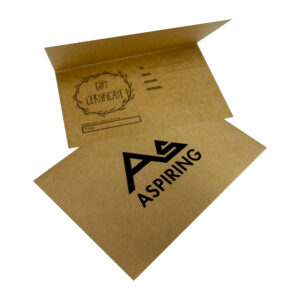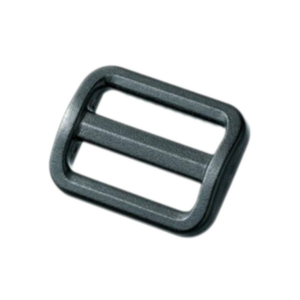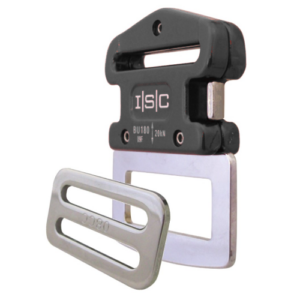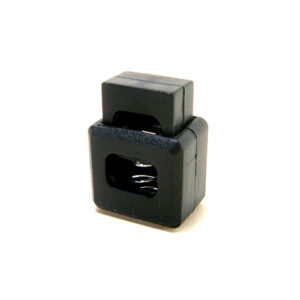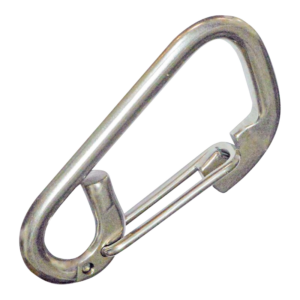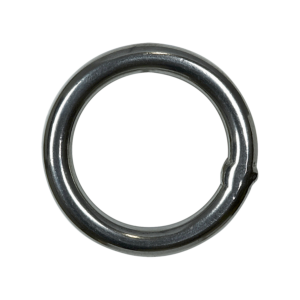Climbing
Tips for choosing the best climbing shoes for you
Rock climbing is an exhilarating sport that requires not only skill and strength but also the right gear. One of the most important pieces of gear for a rock climber is their shoes. Climbing shoes play a crucial role in providing the necessary grip and stability needed for climbing. However, with so many different types of climbing shoes available, choosing the right pair can be a daunting task. In this blog post, we’ll discuss ten factors to consider when choosing the right rock climbing shoes for you.
-
Climbing Style: The first thing to consider when choosing climbing shoes is your climbing style. Are you a boulderer, a sport climber, or a trad climber? Different styles of climbing require different types of shoes. Bouldering shoes, for example, are designed to provide a tight fit and maximum grip on small holds, while trad climbing shoes are designed for all-day comfort and durability.
-
Fit: The fit of your climbing shoes is crucial for comfort and performance. Your climbing shoes should fit snugly but not be painfully tight. You should be able to wiggle your toes, but your heel should not lift out of the shoe when you climb. It’s important to try on multiple sizes and styles to find the best fit for your feet.
-
Material: Climbing shoes are made from a variety of materials, including leather, synthetic materials, and rubber. Leather shoes are durable and offer a comfortable fit, but they may stretch over time. Synthetic shoes, on the other hand, are lightweight and breathable but may not be as durable. Rubber is the most important material in climbing shoes as it provides the necessary grip on the rock.
-
Closure System: There are three types of closure systems available for climbing shoes: laces, Velcro, and slip-on. Lace-up shoes offer the most precise fit, while Velcro shoes are easier to take on and off quickly. Slip-on shoes are the most comfortable but offer the least amount of adjustability.
-
Sole Stiffness: The stiffness of the sole is important in determining the performance of your climbing shoes. A stiffer sole offers more support and is better for edging and vertical climbing. Softer soles are better for smearing and more technical climbing.
-
Shape: Climbing shoes come in three shapes: flat, moderate, and aggressive. Flat shoes are ideal for beginners or all-day comfort. Moderate shoes are a good all-around shoe for most types of climbing. Aggressive shoes have a downturned shape that provides more power and precision for difficult climbs.
-
Heel Tension: Heel tension is important in determining how well your climbing shoes will stay on your feet. The tension should be snug but not painful. High-tension shoes offer more power and precision but may be uncomfortable for long periods.
-
Weight: The weight of your climbing shoes can affect your performance. Lighter shoes are better for technical climbing and require less energy to lift your feet. However, heavier shoes may be more durable and offer more protection.
-
Breathability: Climbing shoes can get hot and sweaty, especially in warmer climates. Breathable shoes can help keep your feet cool and dry. Synthetic shoes are typically more breathable than leather shoes.
-
Brand and Price: Finally, the brand and price of climbing shoes can also be important factors to consider. Higher-end shoes may offer better performance and durability but come at a higher cost. However, there are also many budget-friendly options available that still offer good performance and value.
In conclusion, choosing the right rock climbing shoes for you requires careful consideration of multiple factors, including your climbing style, fit, material, closure system, sole stiffness, shape, heel tension, weight, breathability, brand, and price. By taking the time to evaluate












